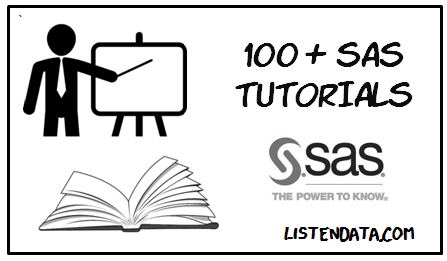

Costs estimates for given strategies were estimated. The analysis evaluated five strategies: (1) classifying students with symptoms as having COVID-19 (no testing) 2) testing done on symptomatic students, (3) testing all students, (4) testing all students and retesting symptomatic students with a negative first test, and (5) testing all students and retesting all students with a negative first test. Methods: A decision tree analysis was used to evaluate testing strategies for safely repopulating a university with 20,000 students. At higher prevalence of infection, repeat testing will detect more true positives per test, but will cost more.Testing all students on arrival, and again 7 days later, will detect the greatest number of cases.


Optimal testing strategies for in-person classes and variables associated with likelihood of holding in-person classes at colleges and universities are discussed in the following papers.Ī. Safely bringing students and faculty back to campus will require testing and mitigation measures to prevent SARS-CoV-2 transmission.

Six out of 10 colleges and universities re-opened in the fall with in-person classes external icon, either full-time or combined with online classes. The increase in COVID-19 cases among younger persons points to a need to implement effective mitigation strategies to protect college students returning to campus, as well as the neighboring communities.


 0 kommentar(er)
0 kommentar(er)
